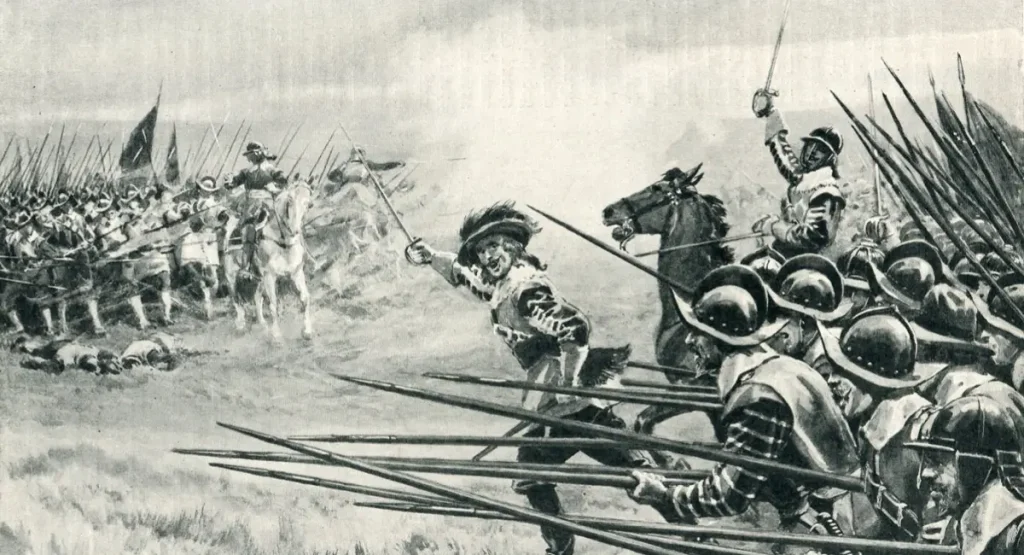
The Spanish Civil War was not just a military conflict; it was a war of beliefs that affected every aspect of life in Spain. It was a battle fought not only on the battlefields but in the hearts and minds of the Spanish people, who were divided by their political, social, and religious beliefs. In Brian Snowden’s On the Precipice of the Labyrinth, the clash between conservative Nationalists and progressive Republicans highlighted innate issues that had been simmering in Spain for decades. These tensions turned the war into a bitter fight over the country’s future.
In the book, William’s journey through Spain takes him into the heart of these ideological struggles. As an outsider, he observes the deep divisions that have turned neighbors into enemies. Through the eyes of the novel’s characters, readers can see how Spain was not just fighting a civil war but was engaged in a battle for its soul.
The Nationalists, led by General Francisco Franco, represented a traditional Spain rooted in the Catholic Church, monarchy, and conservative values. They sought to preserve the old order, which prioritized social hierarchy and religious authority. On the other hand, the Republicans championed progress, backing for labor rights, secularism, and the redistribution of wealth. These two sides were not merely political factions; they personified two different visions for Spain’s future. The Nationalists wanted to preserve Spain as it had been, while the Republicans wanted to reshape it into a more modern, egalitarian society.
Religion was one of the key fault lines in the conflict. For the Nationalists, Catholicism was a foundation of Spanish identity, and they saw the Republicans as a threat to the Church’s power. The Republican government, in its efforts to modernize Spain, took steps to reduce the influence of the Church by secularizing education and limiting religious privileges. This angered many Catholics, who saw the Republicans as enemies of their faith. In response, the Nationalists painted their cause as a holy crusade, defending Spain’s Christian heritage from atheist communism.
The social divide was just as blunt. Spain was a country of deep inequalities, with a small group of wealthy landowners controlling most of the land while millions of peasants and workers lived in poverty. The Republicans sought to address these inequalities through land reforms and workers’ rights, which earned them the support of the lower classes. Meanwhile, the Nationalists, backed by the aristocracy, military, and Church, fought to maintain the status quo, fearing that Republican reforms would upend their way of life.
Today, we can still see echoes of these ideological battles in many countries where political and social divides run deep. In the United States, Europe, and elsewhere, debates over immigration, wealth inequality, and the role of religion in society continue to separate populations. The Spanish Civil War serves as a powerful reminder what a nation can lead to in times of war. Ultimately, the book reminds us that ideological battles don’t just affect governments or armies, they also affect people. Families are torn apart, communities are divided, and the scars left behind can take generations to heal. As we reflect on Spain’s tragic past in the book, we must consider how to bridge the divides in our own societies before history repeats itself. The lessons from the Spanish Civil War urge us to strive for unity and understanding in the face of ideological differences, for the cost of failure is far too great to bear.
© Copyrights 2024 Brian Snowden. All Rights Reserved